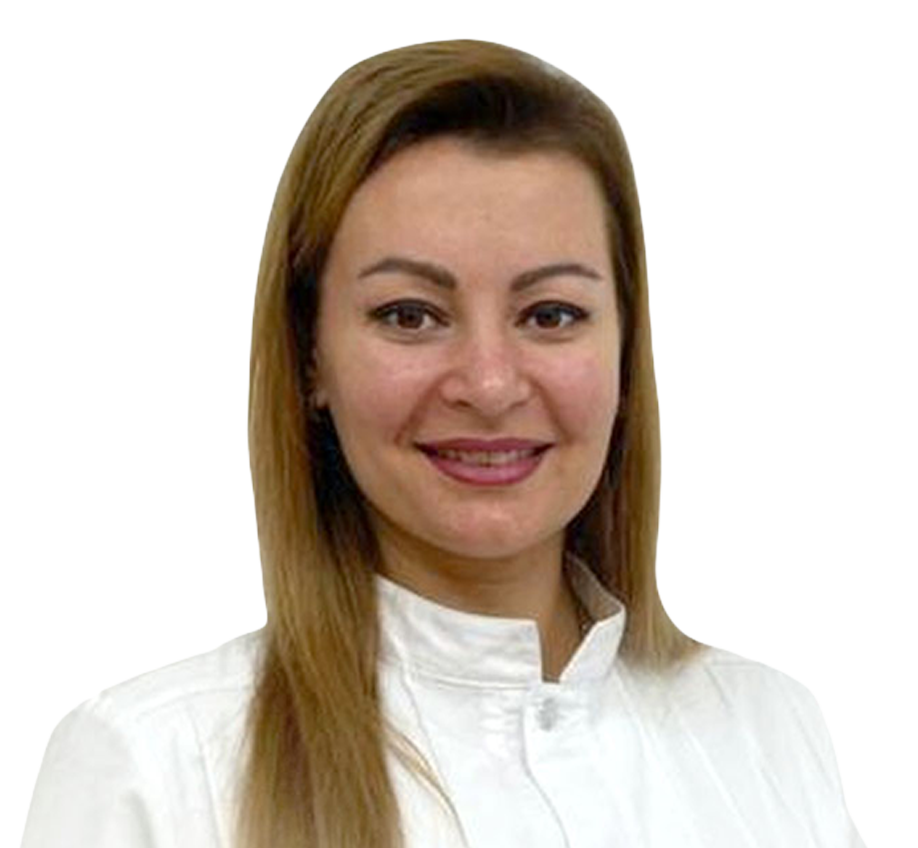Dermatology is a vast field encompassing a wide range of treatments and procedures. From addressing aesthetic concerns to managing medical conditions, dermatologists play a crucial role in maintaining healthy, radiant skin. In this blog post, we’ll journey through the alphabet of dermatological treatments, shedding light on some key procedures and therapies.
A – Aesthetic Treatments
Aesthetic dermatology focuses on enhancing the appearance of the skin. This includes treatments like Botox, dermal fillers, chemical peels, and laser therapy, which address issues like wrinkles, fine lines, and age-related skin changes.
B – Biopsies
Skin biopsies are essential in diagnosing various dermatological conditions. A small sample of skin tissue is examined under a microscope to determine the nature of a lesion, mole, or rash.
C – Cryotherapy
Cryotherapy involves freezing abnormal skin cells or lesions using liquid nitrogen. It’s a versatile treatment used for warts, skin tags, and certain precancerous lesions.
D – Dermabrasion
This procedure involves using a rotating brush to remove the top layers of skin. It’s effective for treating scars, sun damage, and certain types of skin growths.
E – Excisional Surgery
Excisional surgery is the complete removal of a skin lesion or growth, often necessary for suspicious moles or skin cancers.
F – Fillers
Dermal fillers are substances injected beneath the skin to add volume and fullness. They’re used to plump lips, soften wrinkles, and restore a youthful appearance.
G – Laser Therapy
Laser treatments utilize focused light to target specific skin concerns, including pigmentation issues, vascular lesions, and hair removal.
H – Hair Restoration
Dermatologists offer treatments for hair loss, including medications, topical solutions, and hair transplant procedures for those experiencing thinning or balding.
I – Immunotherapy
This treatment option stimulates the body’s immune system to target and destroy cancer cells. It’s a powerful tool in the fight against skin cancer.
J – Juvederm
A popular dermal filler, Juvederm, is used to smooth wrinkles and add volume to the face. It’s composed of hyaluronic acid, a substance naturally found in the skin.
K – Kybella
Kybella is an injectable treatment for reducing excess fat beneath the chin, often referred to as a “double chin.”
L – Liposuction
While primarily a surgical procedure, dermatologists may perform liposuction for body contouring and fat reduction.
M – Mohs Micrographic Surgery
This precise technique is used for removing skin cancer layer by layer, minimizing damage to healthy tissue.
N – Non-Surgical Facelift
Using a combination of fillers, Botox, and other non-invasive techniques, dermatologists can achieve a rejuvenated appearance without surgery.
O – Oxygen Facials
Oxygen facials involve the application of pressurized oxygen infused with vitamins and serums to rejuvenate and nourish the skin.
P – Photodynamic Therapy (PDT)
PDT uses a light-activated medication to treat a variety of skin conditions, including precancerous lesions, acne, and certain types of skin cancer.
Q – Quality Skincare Products
Dermatologists often recommend specific skincare products tailored to individual skin types and concerns, essential for maintaining skin health.
R – Resurfacing Treatments
These treatments, including chemical peels and laser resurfacing, remove damaged skin cells to reveal a smoother, more youthful complexion.
S – Skin Cancer Screenings
Regular screenings are crucial for early detection and treatment of skin cancer. Dermatologists perform thorough examinations to identify any suspicious lesions.
T – Topical Treatments
This category includes creams, ointments, and lotions prescribed to treat various skin conditions, from acne to eczema.
U – Ultraviolet (UV) Light Therapy
UV light therapy is used to treat conditions like psoriasis and eczema by exposing affected skin to controlled amounts of UV radiation.
V – Vein Treatments
Dermatologists offer procedures like sclerotherapy to treat varicose and spider veins, improving both appearance and comfort.
W – Wound Care
Dermatologists specialize in wound management and healing, particularly for chronic or non-healing wounds.
X – Xerosis Management
Xerosis refers to excessively dry skin. Dermatologists provide guidance on moisturizers and treatments to alleviate this condition.
Y – Youthful Aging Strategies
Dermatologists offer a range of treatments and therapies to help individuals maintain a youthful appearance as they age.
Z – Zits and Acne Treatments
Acne treatments range from topical medications to oral antibiotics, isotretinoin, and in severe cases, laser or light therapy.
Conclusion
The world of dermatological treatments is diverse and dynamic, catering to a wide range of skin concerns. Whether you’re seeking aesthetic enhancements or addressing medical conditions, consulting a dermatologist ensures that you receive the most appropriate and effective treatments for your unique needs. Remember, healthy skin is a vital part of overall well-being!


